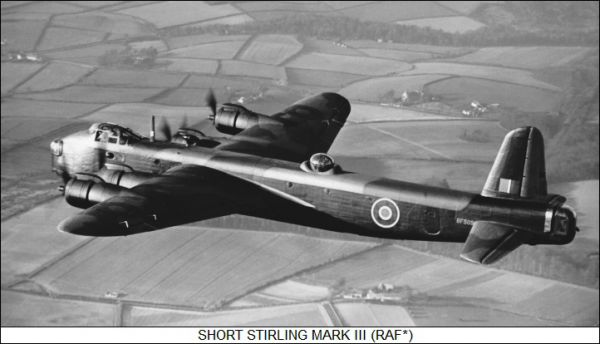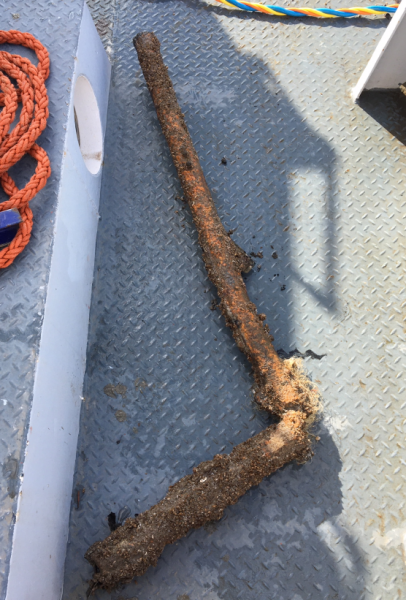 T&A Survey conducted a detection and demarcation investigation for the Municipality of Almere into the suspected wreckage of a British bomber crashed in the Markermeer during the Second World War. The goal of the survey is to enable the salvaging operation of the aircraft.
T&A Survey conducted a detection and demarcation investigation for the Municipality of Almere into the suspected wreckage of a British bomber crashed in the Markermeer during the Second World War. The goal of the survey is to enable the salvaging operation of the aircraft.